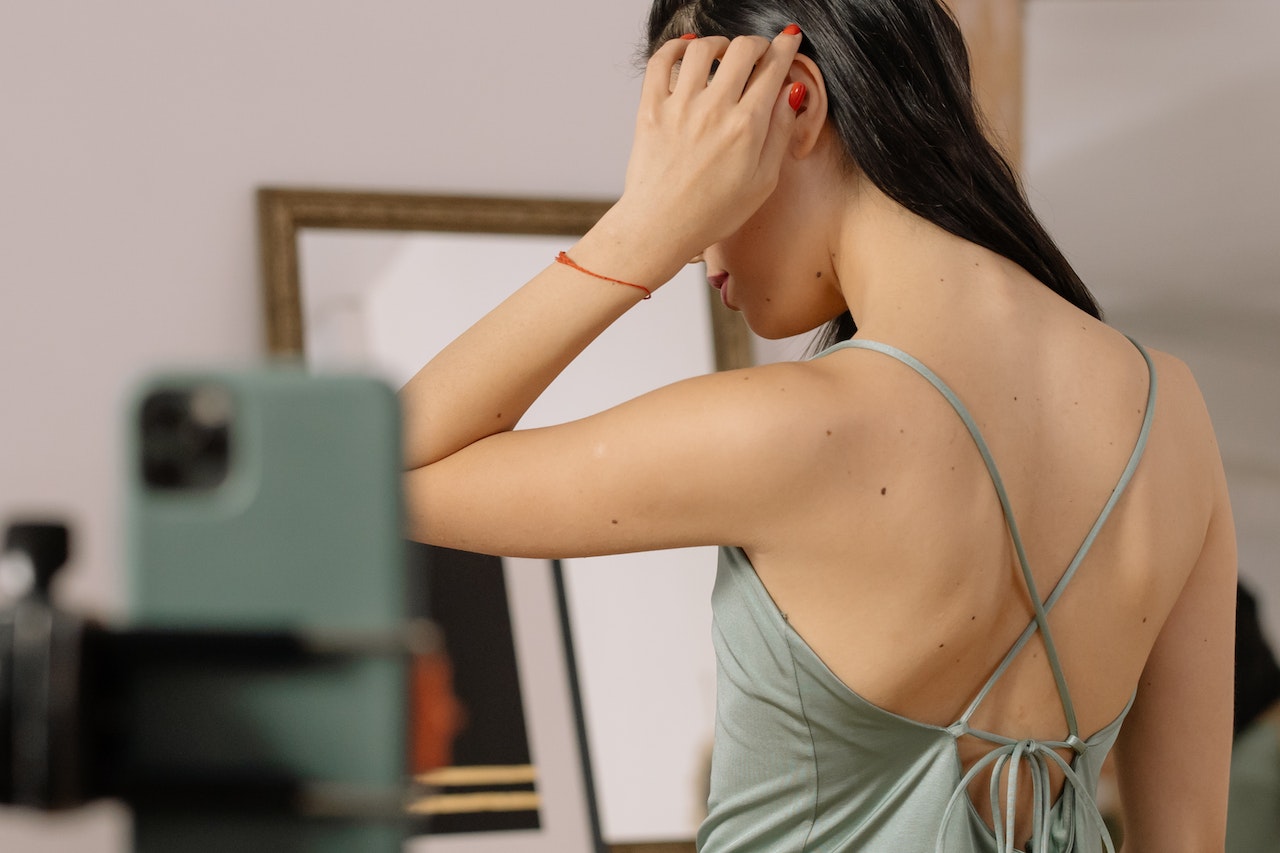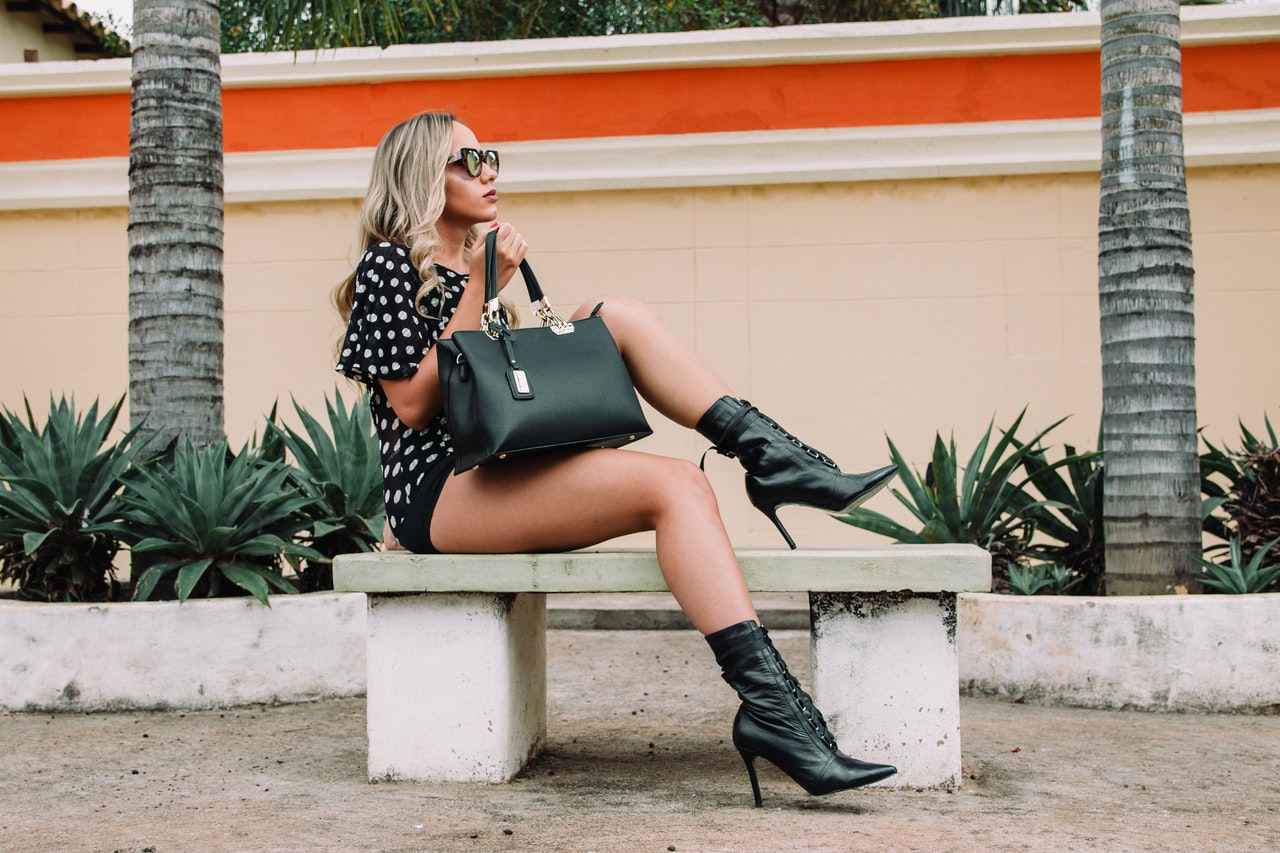Digging a bit deeper into the Indian history takes us to a time where the stitched clothes barely existed. Those times people tied clothes together in order to make it wearable.
But, it’s interesting to consider that the methods of sewing and stitching were used since the Indus Valley civilization, but it didn’t influence the clothing until the age of Muslims.
Even today, you can see the men wearing Dhothi, a piece of unstitched cloth, and the women wearing Saree which is again an unstitched piece of cloth.
From the ancient era, if we check the Indian clothing industry, we can see that the whole idea of Indian clothing revolved around two major ideas – simplicity and opulence. The choice of the person’s clothing completely was depended on his financial status, and religious orientation.
Even then, the clothing tended to be simple – with the men wearing loin cloths, and the women were bare till the waist. The status of women could be analyzed by the kind of jewels they got to wore. In certain areas, the wealthy women got to wear jewels in such heavy quantity, that those jewels were enough to cover their bosoms.
The complicated dressing was actually introduced by the Aryans. They had the clothing style covering both their upper and lower body.
The ancient Indian cotton clothing very well adapts to the hot dry summer climate of the subcontinent. The Mahabharata which is estimated to be written during the 3000-4000 BC, did mention about the Saree being gifted to Draupadi to protect her dignity.
The new trade routes with the Central Asia and Europe created a cultural exchange. The Romans bought the indigo for dyeing, and the Silk Road introduced Silk textile to India from China. The Arthashastra written by Chanakya during AD 140 briefly describes the norms followed in silk weaving.
Indian fashion history is incomplete without mentioning the Kashmiri Shawl. The textiles of wool are mentioned in the Rig Veda.
And, later as the trade with the Persians improved, the Indian fashion started to get influenced by Persian clothing style.
But, a major change happened in the Indian clothing/fashion industry after the invasion of the British.
And, with the oppressions following the Bengal partition sparked the Swadeshi movement. The Swadeshi movement influenced the Indian clothing industry with the widespread use and production of Khadi materials and cloths.
Mumbai, formerly known as Bombay severed as the fashion capital of India, then.
A fusion of the western and sub continental fashion brought about the new Indo-western clothing, creating new fashions like Churidar, dupatta, Khara Dupatta, Gamchha, Kurta, Sherwani, etc.
Contemporary Clothing
The western clothing made its way into the Indian fashion industry during the times of the British Raj.
By the turn of 21st century, both western and Indian clothing had intermingled creating a unique style of clothing for the typical urban Indian population. Women and men started to wear more comfortable clothing. The Indian traditional styles entered into international fashion.
A famous Indian fashion trademark is its Embroidery, an art of sewing distinct thread patterns.
During the 1960’s, the Bollywood designer Bhanu Athaiaya experimented with the Hindi movie costumes (movies like Sahib Bibi Aur Ghulam, Amrapali, Chalte Chalte, etc) which became a trendsetter.
During the 1980’s eminent designers like Satya Paul, Rohit Khosla and Tarun Tahilini emerged, giving a new meaning to the Indian fashion.
It was later, with the Economic Liberalization, more jobs opened up, creating a demand for formal wears.
Modern Style of Saree Draping
As the time and new fashion emerged, the style of Saree draping also witnessed its change. This modern way of Saree draping was introduced by Gyanadanandini Devi, the wife of the first Indian ICS Officer, Satyendranath Tagore. And, during the social gatherings with the English officers, she adopted a new way of draping Saree, as the then prevalent way of Saree draping was not civil for that Victorian age. The record says that it was Gyanadanandini Devi, who started wearing Modern day Saree with Blouse.
Conclusion
The Indian Fashion industry went through many phases and changes, especially with its interaction with the outside world. And, today, thanks to all those eminent designers in the Indian fashion industry, our fashion holds a very elegant position internationally too.
Hope you all enjoyed my article of the evolution of the Indian fashion industry and the Indian styles.
Thank You.
Diya Bathi, a Fashion blogger, has devoted her life in exploring and writing articles about Fashion and Style related topics. She also works as the style advisor for the Fashion store, Nallucollection.com





